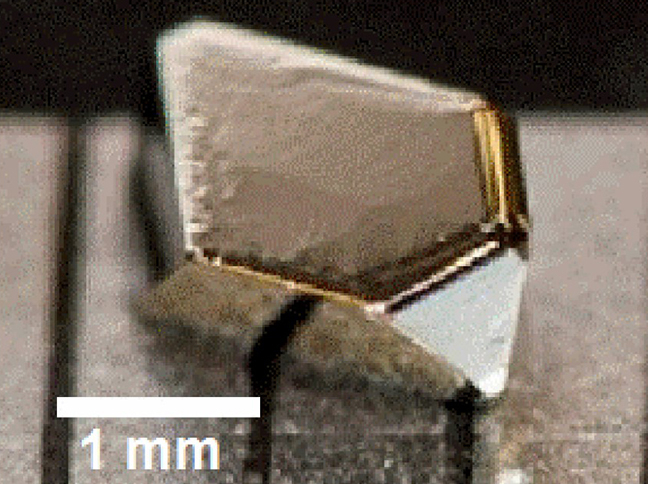A near-miracle has taken place in the world of physics. A substance called 'Fool's Gold' may not be a plaything for fools but a scientific marvel. It has now become historic as the first-ever non-magnetic material that has been converted into a magnetic one by scientists. An alternate name of the substance is Pyrite and its scientific name is iron sulfide.
It is usually derived from quartz veins and till now, its value lay in its property of helping create sulfuric acid. But now, it will be regarded as a somewhat magical material. The magnitude of the discovery made by scientists can be gauged by the fact that turning non-magnetic material into magnetic, electrically, was regarded as an impossibility.

Groundbreaking research
Luckily, the researchers at the University of Minnesota were working on two different projects. One was about the possible use of electric voltages in controlling magnetism and one was the development of a new variety of solar panels from sulfur and other materials containing iron sulfide.
The fact that both these researches were going on simultaneously in the same institution can only be called serendipitous. Eventually, the research teams realized that their works can be combined. When they did so, the scientists proceeded to use a process called 'electrolyte gating' – use of electrolyte solution and small volts of electricity to change the molecular structure of a substance – on pyrite.
This worked magic and soon, the researchers made history by producing the first instance known in science history of converting a non-magnetic material into magnetic. Chris Leighton, the chief researcher involved with the project explained the process and its significance in an official statement.

The process
"Most people knowledgeable in magnetism would probably say it was impossible to electrically transform a non-magnetic material into a magnetic one," he said. "When we looked a little deeper, however, we saw a potential route and made it happen... By applying the voltage, we essentially pour electrons into the material.
"It turns out that if you get high enough concentrations of electrons, the material wants to spontaneously become ferromagnetic, which we were able to understand with theory." The study has been published in the esteemed scientific journal Science Advances.
This could be just the start of a new chapter in physics. The scientists are now going to use other substances, apart from pyrite, to produce the same effect. Fool's gold is not so foolish a material after all.









